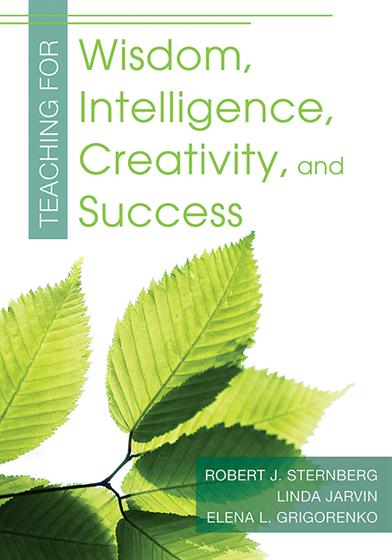Hands-on, Practical Guidance for Educators
From math,
literacy, science, equity, multilingual learners, and SEL, to assessment, school counseling,
and education leadership, our books are research-based and authored by experts
on topics most relevant to what educators are facing today.

Teaching for Wisdom, Intelligence, Creativity, and Success
The essential guide for teaching beyond the test!
Based on extensive, collaborative research, this practical teaching manual offers an overview of the WICS model—Wisdom, Intelligence, Creativity, Synthesized—which helps teachers foster students' capacities for effective learning and problem solving. Teachers will find examples in language arts, history, mathematics, and science in Grades K–12, as well as:
- Hands-on strategies for enhancing students' memory, analytical, creative, and practical skills
- Guidelines for teaching and assessing for successful intelligence
- Details on how to apply the model in the classroom
- Teacher reflection sections, suggested readings, and sample planning checklists
- Grade Level: K-12
- ISBN: 9781412964531
- Published By: Corwin
- Year: 2009
- Page Count: 192
- Publication date: November 19, 2012
Review Copies
Review copies may be requested by individuals planning to purchase 10 or more copies for a team or considering a book for adoption in a higher ed course. Request review copy



